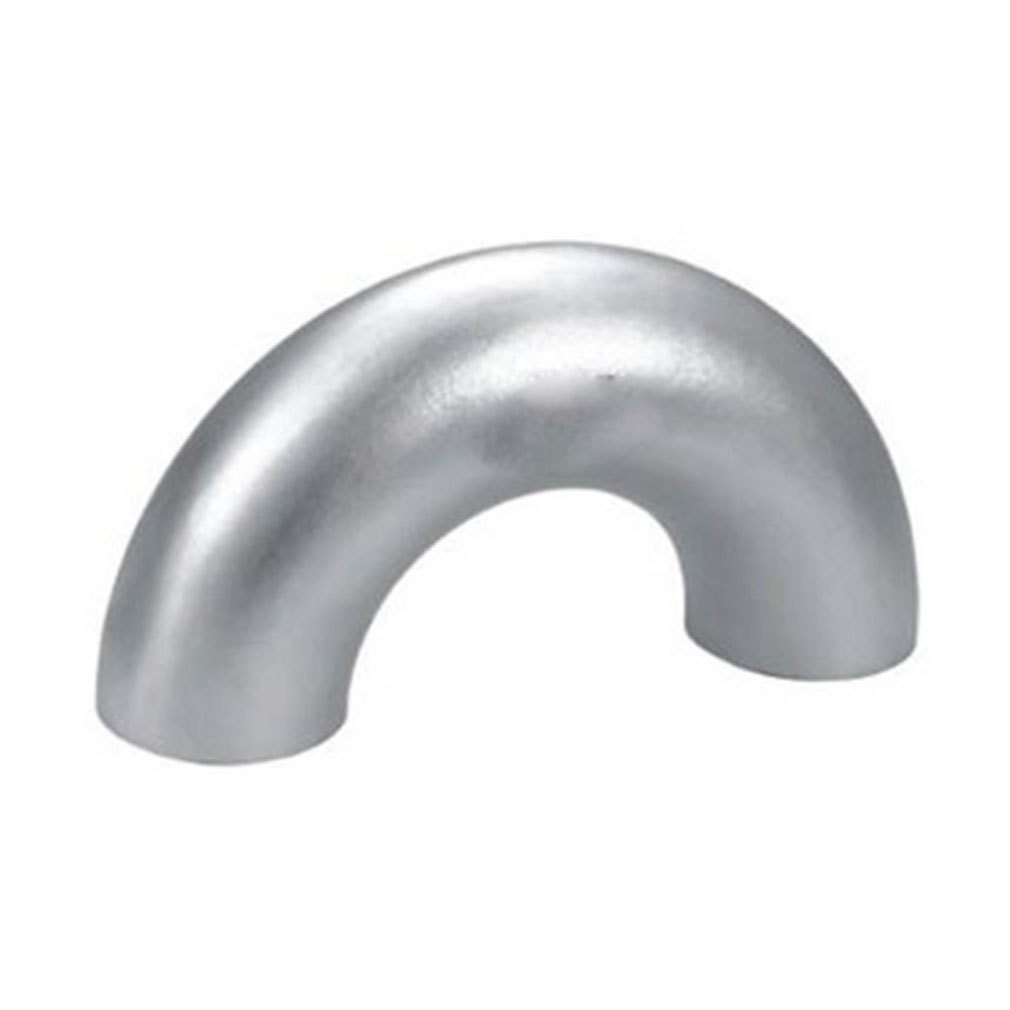-
Cangzhou Yulong Steel Co., Ltd.
-
Phone:
+86 13303177267 -
Email:
admin@ylsteelfittings.com
- English
- Arabic
- Italian
- Spanish
- Portuguese
- German
- kazakh
- Persian
- Greek
- French
- Russian
- Polish
- Thai
- Indonesian
- Vietnamese
- Zulu
- Korean
- Uzbek
- Hindi
- Serbian
- Malay
- Ukrainian
- Gujarati
- Haitian Creole
- hausa
- hawaiian
- Hebrew
- Miao
- Hungarian
- Icelandic
- igbo
- irish
- Japanese
- Javanese
- Kannada
- Khmer
- Rwandese
- Afrikaans
- Albanian
- Amharic
- Armenian
- Azerbaijani
- Basque
- Belarusian
- Bengali
- Bosnian
- Bulgarian
- Catalan
- Cebuano
- China
- China (Taiwan)
- Corsican
- Croatian
- Czech
- Danish
- Esperanto
- Estonian
- Finnish
- Frisian
- Galician
- Georgian
- Kurdish
- Kyrgyz
- Lao
- Latin
- Latvian
- Lithuanian
- Luxembourgish
- Macedonian
- Malgashi
- Malayalam
- Maltese
- Maori
- Marathi
- Mongolian
- Myanmar
- Nepali
- Norwegian
- Norwegian
- Occitan
- Pashto
- Dutch
- Punjabi
- Romanian
- Samoan
- Scottish Gaelic
- Sesotho
- Shona
- Sindhi
- Sinhala
- Slovak
- Slovenian
- Somali
- Sundanese
- Swahili
- Swedish
- Tagalog
- Tajik
- Tamil
- Tatar
- Telugu
- Turkish
- Turkmen
- Urdu
- Uighur
- Welsh
- Bantu
- Yiddish
- Yoruba

Oct . 16, 2024 02:53 Back to list
Current Prices for Galvanized Steel Tubes Analyzed and Compared
The Dynamics of Galvanized Tube Prices An Overview
Galvanized tubes are essential components in various industries, including construction, automotive, and manufacturing, due to their corrosion-resistant properties and structural integrity. The price of galvanized tubes can fluctuate based on several factors, making it crucial for businesses and consumers to understand the market dynamics. This article delves into the elements influencing galvanized tube prices, recent trends, and future outlook.
Understanding Galvanization
Before dissecting price factors, it is essential to grasp what galvanized tubes are. These are steel or iron tubes that have gone through a galvanizing process, where a protective zinc coating is applied to prevent rust and corrosion. This property makes them especially valuable in outdoor and industrial applications. The manufacturing quality, coating thickness, and the raw materials used can all impact the final price of galvanized tubes.
Factors Influencing Prices
1. Raw Material Costs The primary driver of galvanized tube prices is the cost of raw materials, namely steel. Fluctuations in steel prices, influenced by global market dynamics, supply-demand balance, and geopolitical tensions, directly affect galvanized tube costs. For instance, in recent years, disruptions in global steel production and supply chains due to the COVID-19 pandemic have significantly impacted prices.
2. Zinc Prices Zinc, the key component in the galvanization process, is another critical factor influencing pricing. The global supply and demand for zinc, along with mining activities and geopolitical developments in zinc-producing countries, affect its market price. An increase in zinc prices automatically raises the overall cost of producing galvanized tubes.
3. Manufacturing Costs The manufacturing process itself also influences prices. Factors such as labor costs, energy prices, and technological advancements in production methods can affect the overall expenses incurred by manufacturers. The push for more energy-efficient and technologically advanced production methods can lead to initial higher costs, impacting the market price of galvanized tubes.
4. Market Demand Economic conditions play a significant role in determining demand for galvanized tubes. For example, during periods of economic growth, construction and infrastructure projects tend to rise, leading to increased demand for galvanized products. Conversely, during economic downturns, the demand may stagnate or decline, causing prices to drop.
galvanized tube price

5. Regional Variations Pricing can vary significantly between regions due to transportation costs, local market conditions, and regional demand-supply discrepancies. For instance, areas with high infrastructure development may face higher prices due to increased competition among suppliers, whereas regions with less construction activity might experience lower prices.
Recent Price Trends
In recent times, the price of galvanized tubes has seen considerable volatility. After initial spikes caused by the pandemic's impact on supply chains, prices settled but remained higher than pre-pandemic levels due to ongoing demand in the construction and manufacturing sectors. However, as market conditions evolve, prices have shown signs of stabilization.
The introduction of trade tariffs and import duties in various regions also impacted availability and pricing strategies, leading to adjustments based on local market conditions and regulatory environments. Consequently, businesses must stay alert to these changes to make informed purchasing decisions.
Future Outlook
Looking forward, several trends could shape the future pricing landscape of galvanized tubes. The global push toward sustainable manufacturing practices may increase demand for environmentally friendly processes, potentially impacting prices. Furthermore, advancements in recycling technology could change the dynamics of raw material sourcing, altering price volatility.
The balance of supply and demand will remain a central theme in the galvanized tube market. With fluctuating economic conditions and ongoing infrastructure projects worldwide, stakeholders need to keep a close eye on market indicators to navigate price changes effectively.
Conclusion
In conclusion, galvanized tube prices are subject to various internal and external influences, making it essential for businesses and consumers to stay informed. Understanding the factors driving these prices can help in making strategic purchasing decisions, ultimately ensuring the continued success of projects reliant on these indispensable materials. The galvanized tube market, though currently coherent, will likely experience fluctuations influenced by the aforementioned factors, underscoring the importance of agility in procurement strategies.
Latest news
-
ANSI 150P SS304 SO FLANGE
NewsFeb.14,2025
-
ASTM A333GR6 STEEL PIPE
NewsJan.20,2025
-
ANSI B16.5 WELDING NECK FLANGE
NewsJan.15,2026
-
ANSI B16.5 SLIP-ON FLANGE
NewsApr.19,2024
-
SABS 1123 FLANGE
NewsJan.15,2025
-
DIN86044 PLATE FLANGE
NewsApr.19,2024
-
DIN2527 BLIND FLANGE
NewsApr.12,2024
-
JIS B2311 Butt-Welding Fittings LR/SR 45°/90° /180°Seamless/Weld
NewsApr.23,2024











